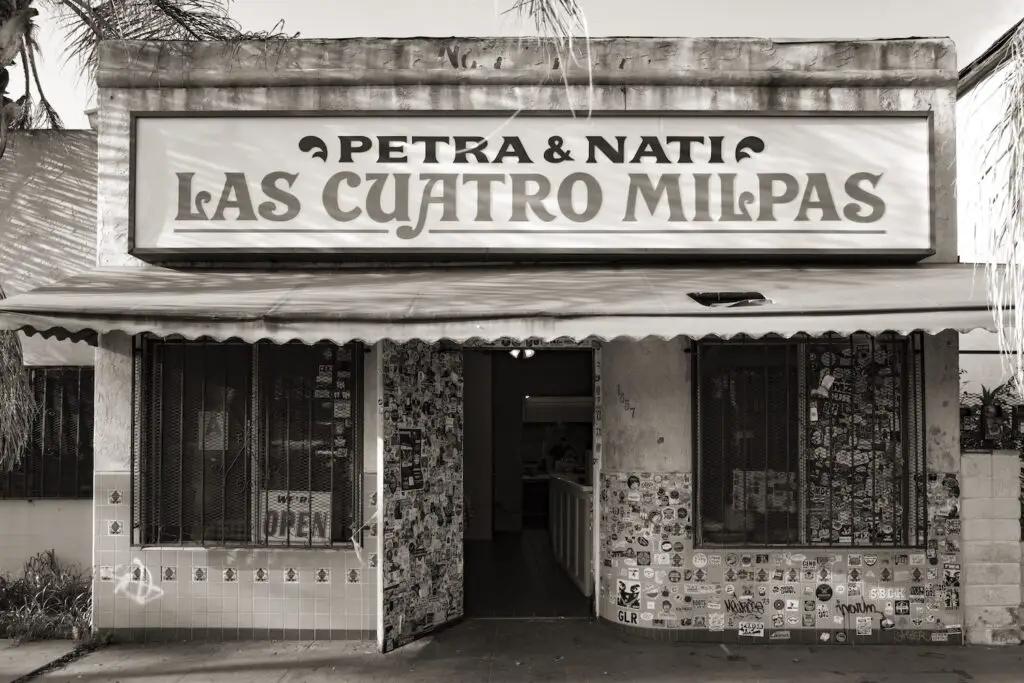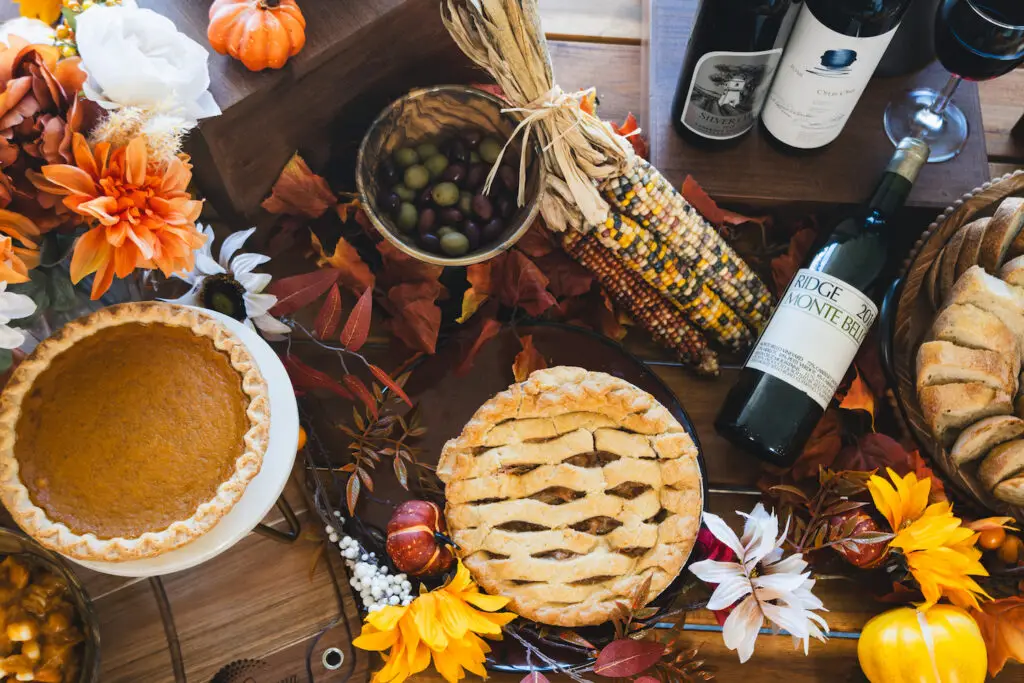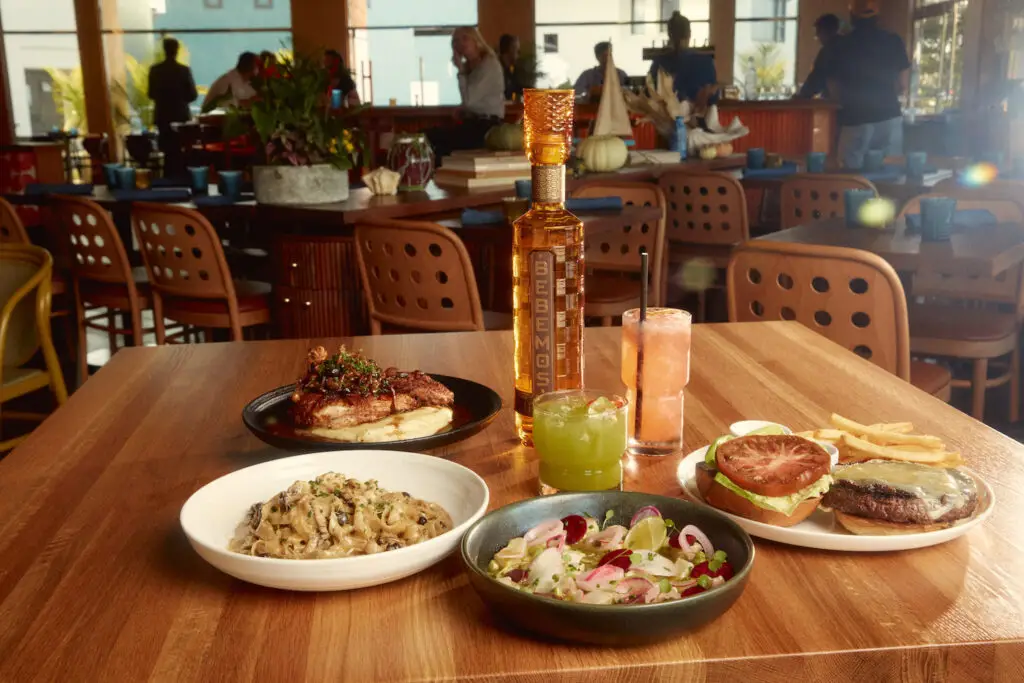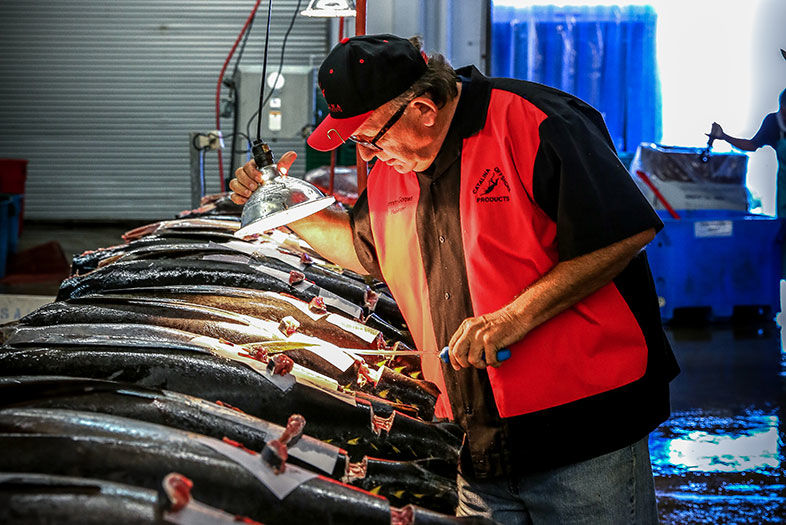Look, and please touch
Buying an entire fish is a process that involves all your senses, and you need to trust them. Don’t be afraid to get a little hands-on. “Touch the fish by pressing it with your fingers slightly,” Gomes says. “Look for when the indentation comes back. It shouldn’t stay.” The fish’s outward appearance also matters. “Are there scales missing? Is the skin roughed up? Are the fins broken? Looking at the eye is always a good starting point. It shouldn’t be cloudy, but it’s not the end-all be-all, because the eye can become cloudy from water and the ice melting onboard the vessel.”
Follow your nose
Fish should smell anything but fishy. “You don’t want a slight ammonia smell. It should smell of salty air and ocean freshness,” Gomes says. “When it comes to freshwater fish, you don’t want it to smell like rotten green moss on a lake—you want it to smell like a clean stream or river.”
Know the shrimp’s origins
“The country of origin is important—you want shrimp from the gulf states of the US, and Mexico. If you’re buying frozen shrimp, you don’t want any trisodium phosphate [a common food additive] or any phosphates added to it. You want the box to say ‘water and shrimp,’ and that’s it.”
Check the color
Fresh tuna is actually not rosy pink—it can appear in a variety of shades of red and will darken and turn brown as it ages, Gomes says. But a lot of people don’t know this because tuna is commonly treated with carbon monoxide to preserve its flavor and texture.*
“There’s nothing wrong with brown tuna, except for the fact that when you cook it, it’s never going to get that beautiful sear on the outside with that rosy pink in the inside.
“If you take a piece of fresh tuna and a piece of gassed tuna, put them on separate plates in the refrigerator for five days, the gassed tuna will not change color, texture, or taste.”
He also recommends buying domestic ahi, whether it’s caught in local waters or in Hawai‘i. “There’s no reason why anyone in San Diego should be buying tuna caught outside of San Diego. We have enough tuna coming into this port to supply this city.”
The gold standard for picking uni
The spiny urchins are a delicacy, and San Diego is one of the best places to enjoy them. They’re regularly harvested off the coast of Point Loma, and are sold live at farmers’ markets, high-end sushi restaurants, and Tuna Harbor Dockside Market. Gomes says that when an uni is cracked open, the best quality ones will have a bright gold, yellow, or orange color, and its texture will be creamy, like a custard.
Gomes admits that live uni isn’t for the squeamish, and says there’s nothing wrong with shopping for trays of processed uni—just follow the same rules as when shopping for live ones.
*For more information on treated tuna, read “The Problem with Bright Red Tuna.”
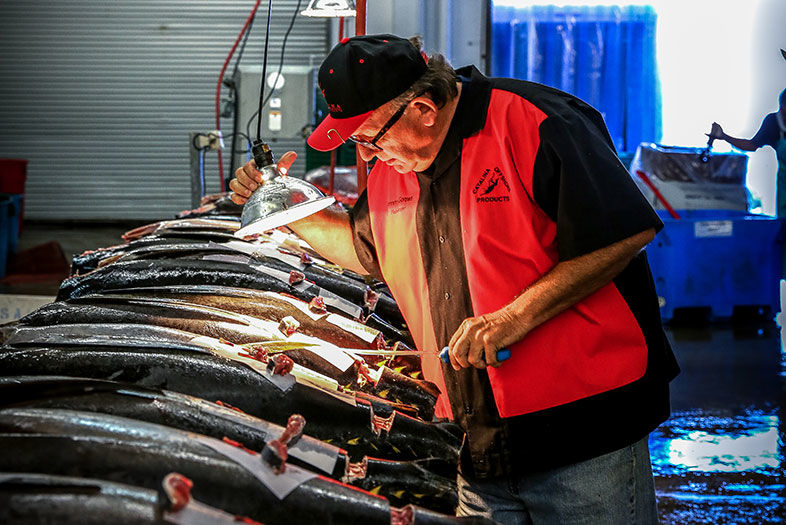
How to Buy the Freshest Seafood
Catalina Offshore

